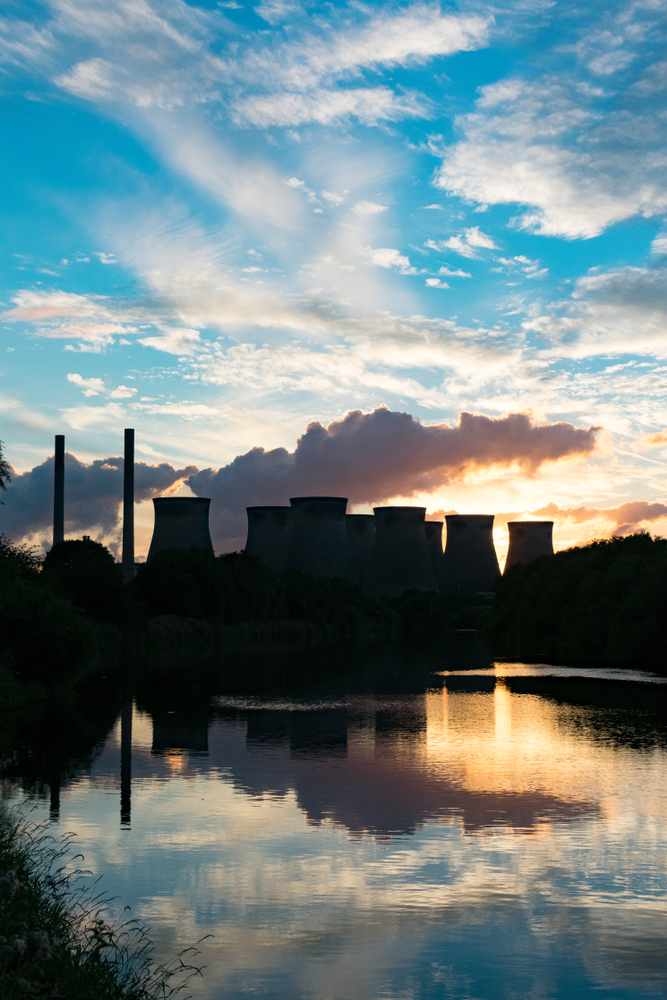Senate hearing looks at effectiveness of carbon capture, utilization, and storage programs

The Senate Energy and Natural Resources Committee held a hearing last week on the effectiveness of the Department of Energy’s carbon capture, utilization, and storage (CCUS) programs.
“We are seeing that CCUS technology can work. There are 18 large-scale facilities in commercial operation around the world that are already capturing and storing tens of millions of tons of carbon dioxide per year,” U.S. Sen. Lisa Murkowski (R-AK), who chairs the committee, said. “In order for CCUS to have meaningful impact on global emissions, however, many more of these facilities need to be deployed.”
She also outlined the role that CCUS technology can play in reducing global carbon dioxide emissions. Specifically, Murkowski discussed the Enhancing Fossil Fuel Energy Carbon Technology Act or EFFECT Act (S. 1201), which she co-sponsored with Sen. Joe Manchin (D-WV), ranking member of the committee.
“By making CCUS deployment a priority, the U.S. has an excellent economic opportunity to become the global supplier for these critical technologies. The EFFECT Act is a natural complement to our work last Congress to expand the 45Q tax credit and presents a tremendous opportunity to reduce our emissions while maintaining the availability of reliable electric generation resources,” Murkowski said. “Our bipartisan bill will help us seize that opportunity by expanding and modernizing DOE’s research and development programs in this field.”
The EFFECT Act would establish four research and development programs focused on coal and natural gas technology, carbon storage, carbon utilization, and carbon removal.
Steven Winberg, assistant secretary for fossil energy at the Department of Energy, concurred that CCUS technologies are a realistic path to reducing CO2 emissions.
